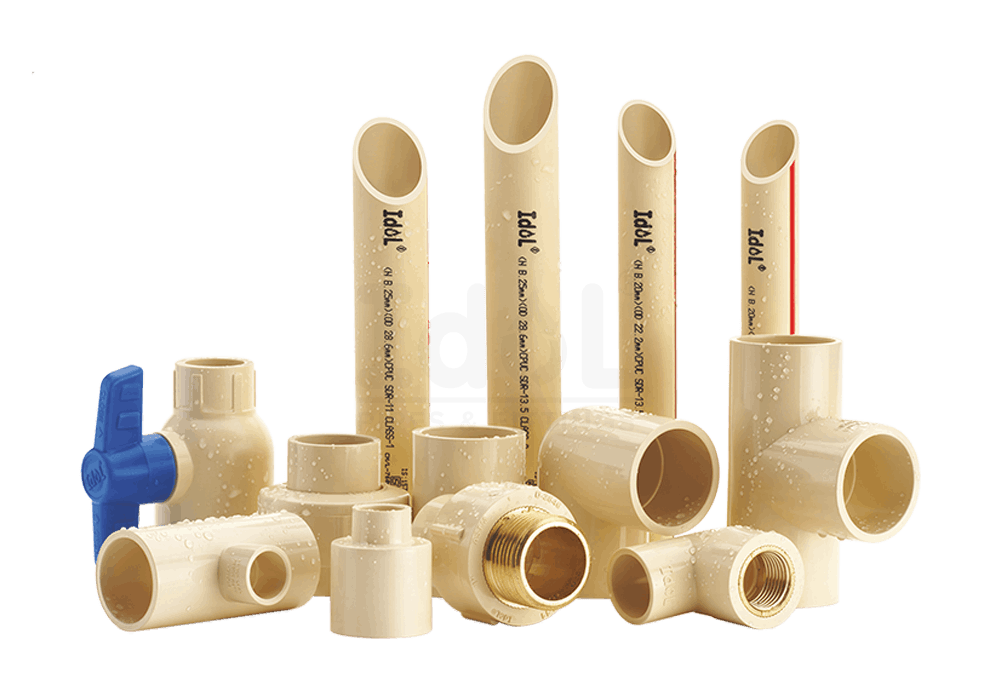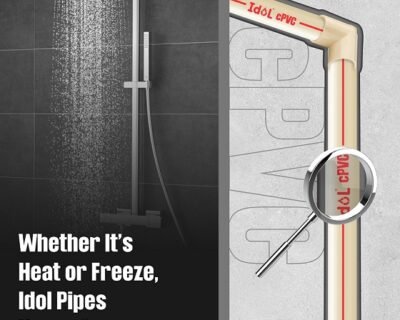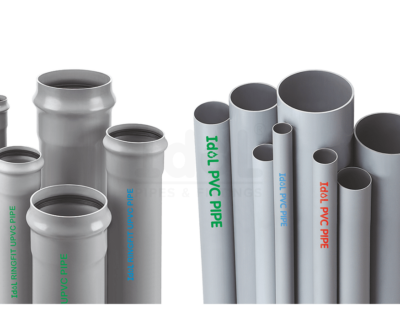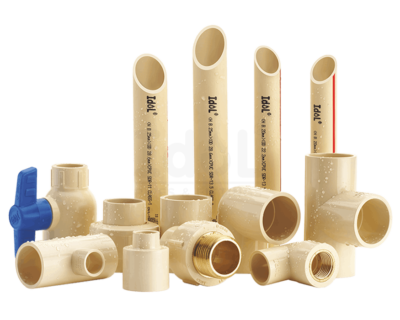Updates

The Piping Debate: Copper versus CPVC
Copper has been utilized in North American pipes applications for over so many years. CPVC has been introduced effectively for almost 50 years. Which is best for your application? We present the data here and allow you to choose:
Copper is a flexible, moldable, ruddy earthy colored metallic component that is a superb conduit of hotness and power, and is broadly utilized for electrical wiring, water channeling, and erosion safe parts, either unadulterated or in compounds like metal and bronze. Explore casing pipe manufacturers
Copper has been utilized for plumbing and mechanical frameworks since metals were first utilized in quite a while of utilizations. It has gained notoriety for long haul toughness in establishments since it’s light, solid, erosion safe, and accessible in inflexible and semi-unbending structures. In light of its demonstrated reliability, copper’s inescapable adequacy guarantees consistence with all significant building regulations.
Interestingly, CPVC piping isn’t generally agreeable. In view of its relative “freshness” in the business when contrasted with copper, a few offices experts dread CPVC establishment because of the chance of callbacks or claims. CPVC simply hasn’t been around as long, so some are uncertain of its solidness.
Read more: How long will Your Pipeline last?
As far as estimating, many copper proponents attest to the way that work costs intermittently make up for the distinction in material expenses among CPVC and copper. Despite the fact that establishment in certain applications might be simpler with CPVC, copper is considerably more solid on the place of work (CPVC line and fittings are liable to breaking or breaking whenever dropped, stepped on, or not took care of cautiously, and should be put away appropriately to forestall UV corruption). Copper may likewise be more durable than CPVC whenever it’s introduced; it endures quake conditions (CPVC may not) and is exceptionally heat proof. Copper’s high softening point is 5-times higher than Cpvc’s, so it can endure a lot more blazing temperatures. Copper won’t consume or uphold burning, and won’t help fire through floors, dividers, or roofs.
Copper is additionally an exceptionally flexible material. It tends to be utilized for consumable water supply, channel/squander/vent applications, gaseous petrol supply, high-pressure steam applications, and so on Copper frameworks don’t have gained notoriety for reacting great to hard well water, delicate acidic water, forceful soil conditions, or extreme water speed in the funneling line. Notwithstanding, those issues don’t happen very regularly in business offices.
While CPVC is regularly the subject an issue in regards to the arrival of dioxins in its assembling and its utilization of unpleasant solvents during establishment, copper keeps on contributing in ecologically strong ways. Its long life-cycle and high reusing rate make it the greener of metals in building projects.
Different advantages of copper piping include:
Strength: Copper is even adequately durable to set in concrete, which is some of the time a worry with CPVC.
Biostatic properties: Copper doesn’t uphold bacterial development.
Adaptability: The material can be twisted to evade blocks, limiting joints.




